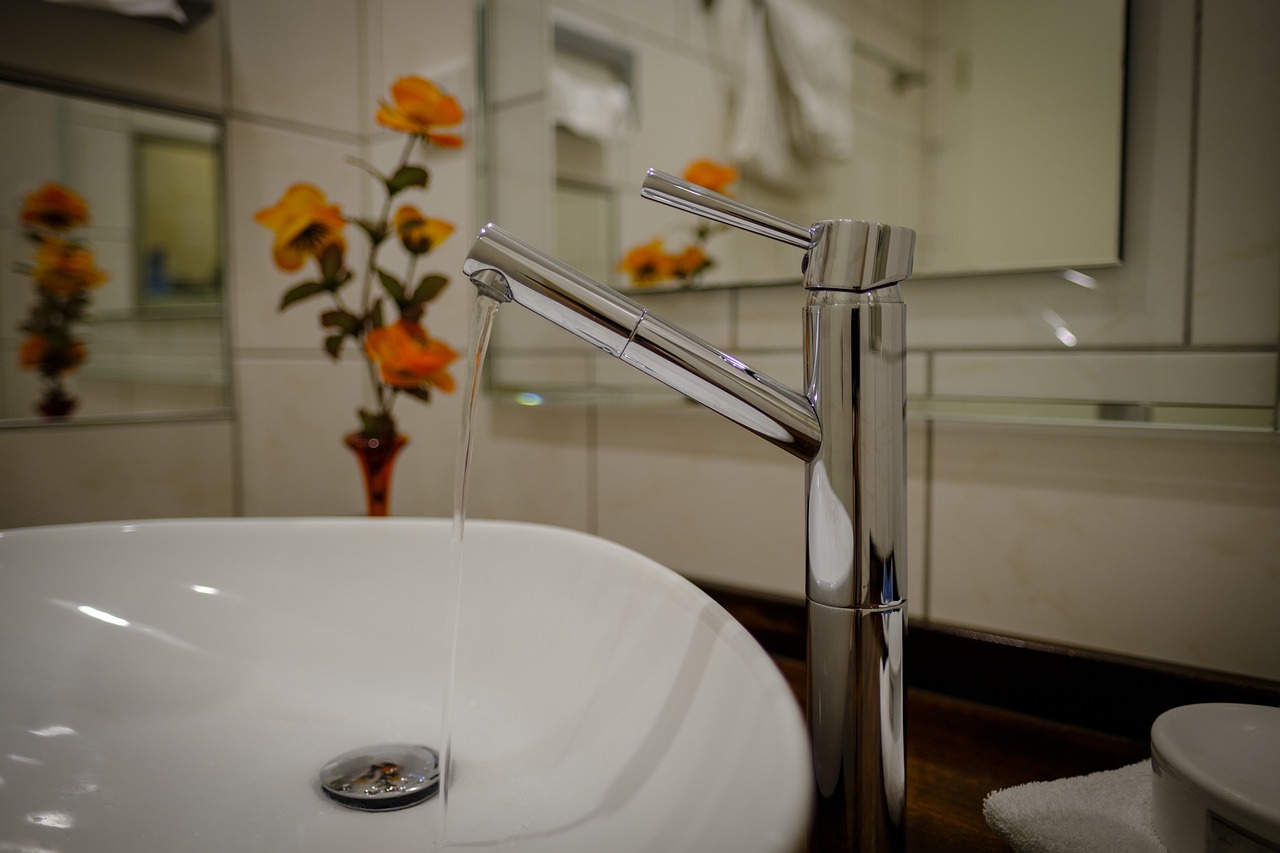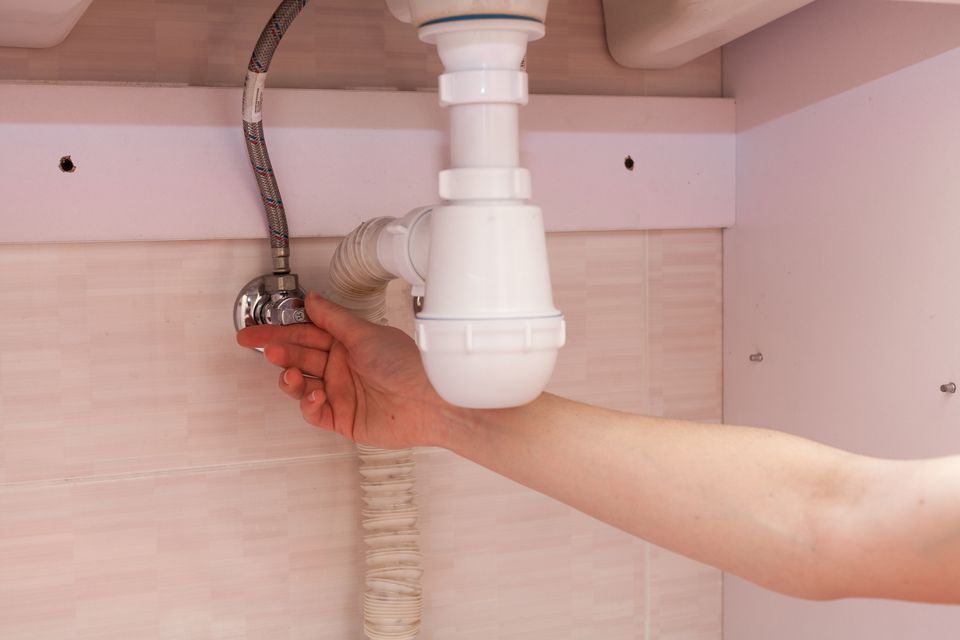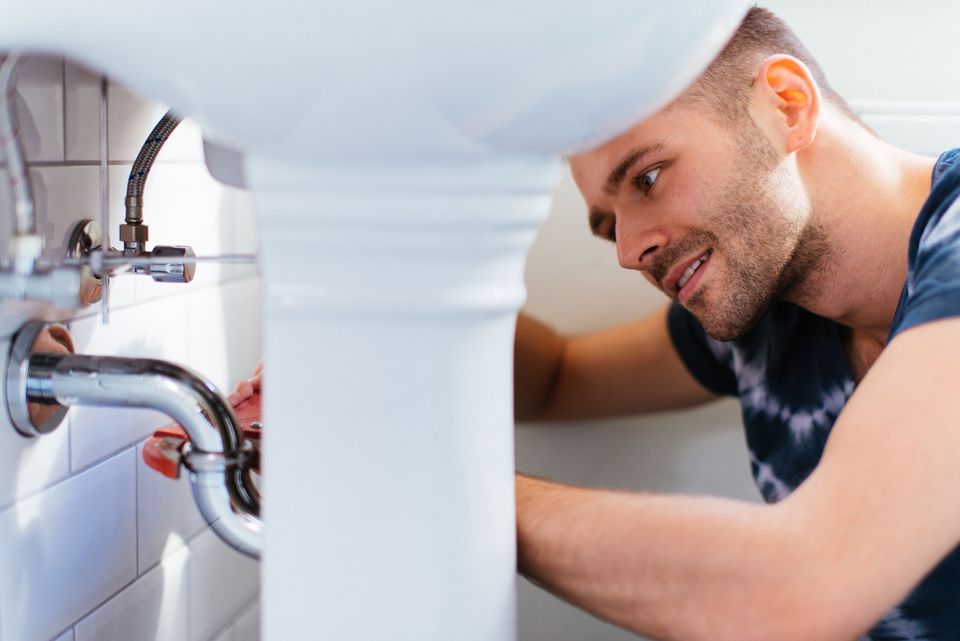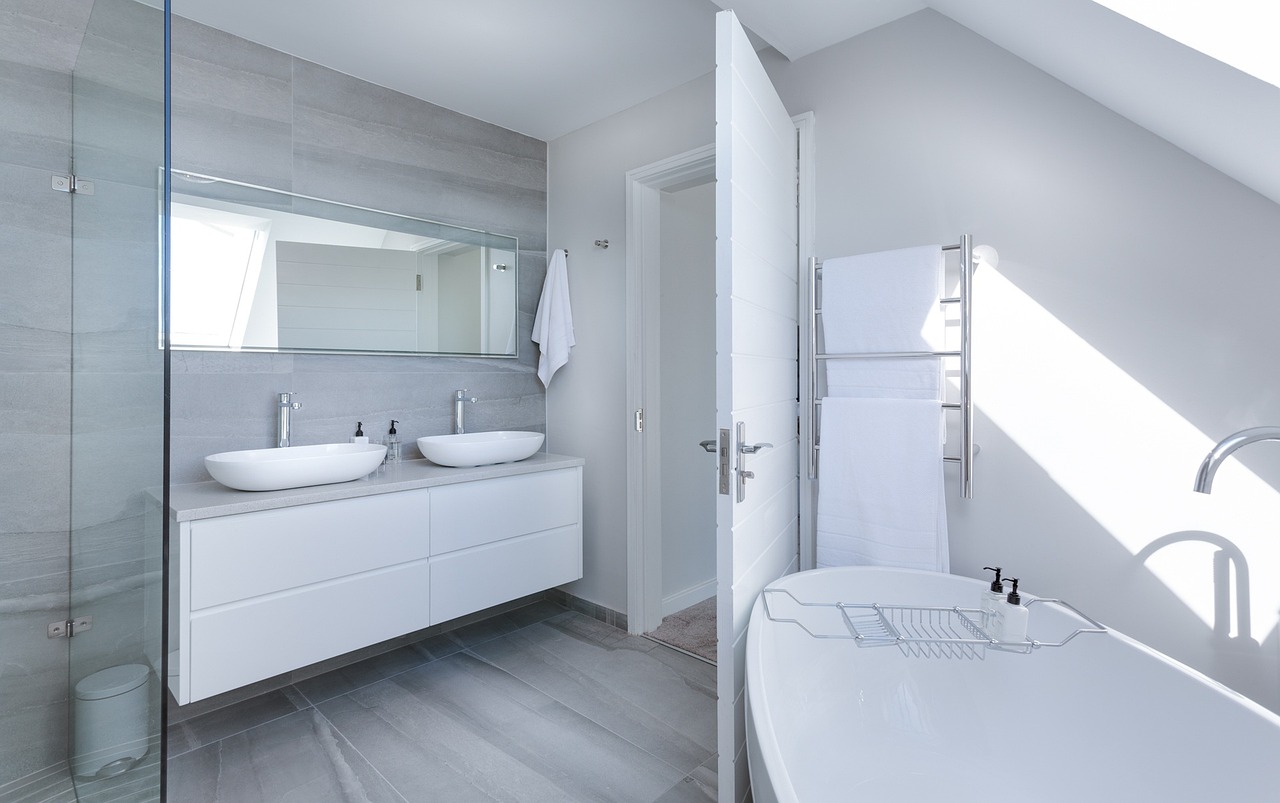Installing a bathroom sink might seem like a simple DIY task, but it's easy to make mistakes that can lead to frustrating problems down the line. Whether you're renovating your bathroom or simply replacing an old sink, understanding the common installation errors can save you time, money, and potential headaches. In this post, we’ll outline five of the most common mistakes made during bathroom sink installation and offer tips on how to avoid them.
1. Not Properly Measuring the Space

One of the most frequent mistakes when installing a bathroom sink is failing to measure the space accurately. Whether it's the size of the sink itself, the vanity, or the plumbing connections, incorrect measurements can lead to mismatched parts, making installation difficult or even impossible.
Why Accurate Measurements Matter
If the sink is too large for the space, it can overcrowd your bathroom and create accessibility issues. On the other hand, a sink that’s too small can look awkward and affect the overall aesthetics of the room. It's essential to take accurate measurements of the vanity, countertop, and plumbing connections before purchasing your sink to ensure a perfect fit.
How to Avoid This Mistake
- Use a tape measure to check the width, depth, and height of the space where you plan to install the sink.
- Make sure to account for plumbing pipes, faucets, and any other fixtures that could interfere with the sink placement.
- Double-check the size of the sink before ordering to ensure it aligns with your measurements.
2. Skipping the Proper Sealant

Properly sealing your bathroom sink is crucial to prevent water damage and leaks. Many DIY installers overlook this step, which can lead to leaks under the sink, causing water damage to the vanity or surrounding areas.
Why Sealant Is Important
A good sealant creates a waterproof barrier between the sink and the countertop, preventing water from seeping through the cracks. This not only protects your vanity from damage but also prevents mold and mildew growth around the sink area.
How to Avoid This Mistake
- Use a high-quality silicone or plumber's putty to seal the edges of the sink to the countertop.
- Apply the sealant evenly along the perimeter of the sink before placing it into the countertop.
- Ensure that the sealant is fully cured before using the sink to avoid leaks.
3. Incorrect Plumbing Connections
Incorrect plumbing connections are another common mistake made during bathroom sink installation. Improperly connected pipes can lead to leaks, water pressure issues, and potential flooding.
Why Proper Plumbing Is Essential
The sink’s plumbing system, including the drain pipe, P-trap, and water supply lines, must be connected correctly to ensure proper drainage and water flow. If these components aren’t installed correctly, you could face ongoing leaks or water damage.
How to Avoid This Mistake
- Ensure all pipes are tightly connected and use the proper pipe sealants or Teflon tape to prevent leaks.
- Check that the drain lines slope downwards slightly for proper drainage.
- If you're unsure about plumbing, consider hiring a professional plumber to handle the connections.

4. Neglecting the Faucet and Drain Alignment

Another mistake that can occur is misaligning the faucet and drain during installation. Misalignment can lead to leaks, difficulties when using the sink, and even damage to the sink’s surface over time.
Why Alignment Matters
Proper alignment ensures that water flows smoothly into the drain and that your faucet functions correctly. Misalignment can result in water spilling over the edge of the sink or not draining properly, which can create a mess and increase the risk of water damage.
How to Avoid This Mistake
- Before securing the faucet and drain, double-check that they are properly aligned with the sink's drain hole and faucet openings.
- Use a level to ensure that the sink is sitting flush and even with the countertop.
- If installing a wall-mounted faucet, make sure the plumbing aligns with the faucet's mounting points.
5. Forgetting to Test for Leaks
After installation, many people make the mistake of skipping the leak test. Testing for leaks is a crucial final step
to ensure everything is working correctly and that there are no issues that could lead to water damage.
Why a Leak Test Is Important
Even if everything seems to be in place, water could still be leaking from an unnoticed crack or improper connection.
A thorough leak test will save you from dealing with unpleasant surprises down the road.
How to Avoid This Mistake
- Turn on the faucet and allow water to flow through the sink and drain.
- Check around the edges of the sink, under the countertop, and along the plumbing connections for any signs of
water leakage. - If you notice any leaks, address them immediately by tightening connections or reapplying sealant.
Ensuring a Smooth Bathroom Sink Installation
Bathroom sink installation can be a rewarding project, but avoiding these common mistakes is essential for a successful outcome. By properly measuring the space, using the right sealant, ensuring proper plumbing connections, aligning the faucet and drain, and testing for leaks, you can ensure that your sink installation is flawless. If you're ever unsure about any aspect of the installation process, don’t hesitate to reach out to a professional plumber for assistance.
Remember, a little attention to detail during installation can save you from costly repairs and frustration down the road. Happy installing!

